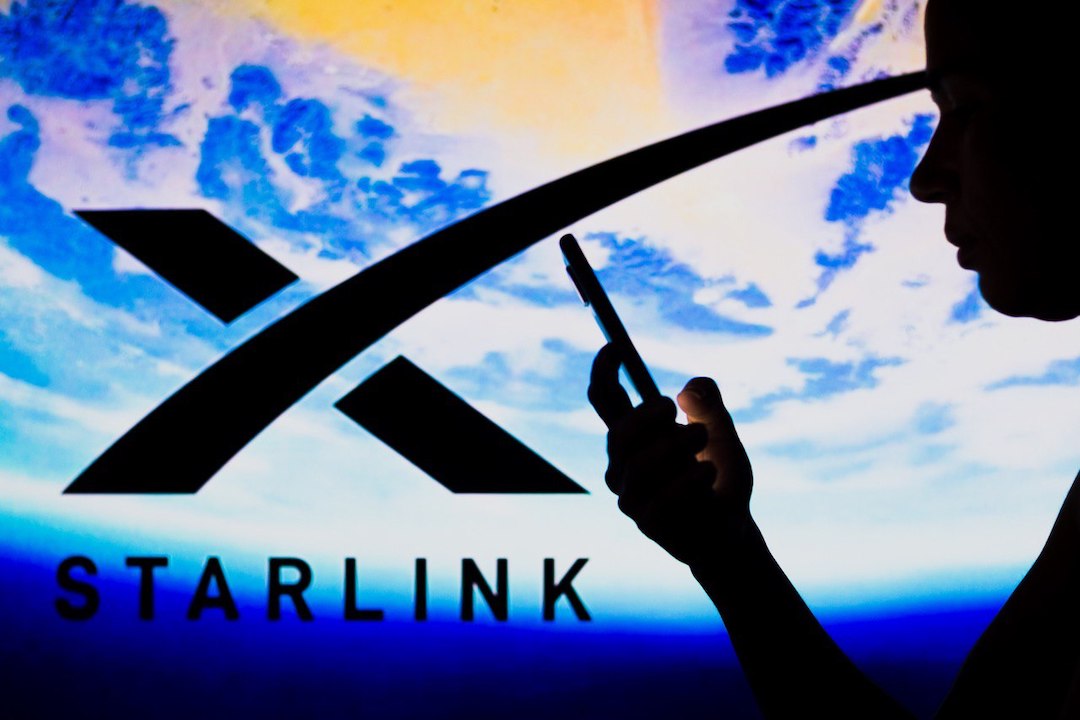Starlink’s Internet Lands On All Seven Continents As Antarctica Testing Starts
By Alexa Heah, 19 Sep 2022

Starlink, the brainchild of billionaire Elon Musk, has now officially reached all seven continents of the globe, with satellite internet testing beginning at the McMurdo Station in Antarctica last week.
“NSF-supported USAP scientists in Antarctica are over the moon! Starlink is testing polar service with a newly deployed user terminal at McMurdo Station, increasing bandwidth and connectivity for science support,” tweeted the National Science Foundation.
With the company’s broadband service, researchers in the rural polar region will finally have access to high-speed internet.
Starlink is now on all seven continents! In such a remote location like Antarctica, this capability is enabled by Starlink's space laser network https://t.co/c9HX0xrX0u
— SpaceX (@SpaceX) September 14, 2022
The Register noted that, till now, scientists working there have stored data on hard drivers to be transported physically rather than relying on the low bandwidth from multiple satellite systems.
In fact, the internet there is so poor, researcher Peter Neff once said it was the equivalent of a thousand individuals sharing “the connection enjoyed by a typical family of three in the United States.”
The firm’s reach worldwide has expanded significantly, with 51 more satellites deployed to space across 40 missions this year. Going forward, Musk plans for a launch to take place every five days, with a total of 100 missions planned for 2023.
[via The Register and The Siasat Daily, cover image via Rafael Henrique | Dreamstime.com]





